



Argyll / Bute | 1449
Gigha or Geya, is an island lying off the west coast of the Kintyre peninsular in Argyll. It is about seven miles long and one-and-a-half miles wide. It is thought by some that its name comes from the Old Scandinavian Guthey or Gudey, meaning either ‘good island’ or ‘God’s island’, although there is some debate, and the name may be from geodha, meaning ‘a creek’, referring to Gigha’s many inlets and bays.

During the Middle Ages the island was one of many across the western seaboard of Scotland that came under the control of the Norse. It is said that in 1263 King Haakon of Norway moored part of his fleet at Gigha on his way to invade lowland Scotland. This campaign concluded in defeat at the Battle of Largs, heralding the end of centuries of Norwegian rule over western Scotland and the consolidation of the Kingdom of Scotland.
1876 OS Map Killean Sheet 20. Reproduced with the permission of the National Library of Scotland. (CC BY NLS)
With some exceptions, the island remained in MacNeill possession until the nineteenth century and it is today considered the ancestral home of Clan MacNeill. For a time, the clan were powerful in the area. They were appointed to hold Castle Sween, one of the great strongholds of Argyll, and for several generations held the office of toscheoderach of Kintyre for the Crown.
Ardminish Bay, Isle of Gigha © 2000 Dumgoyach (CC BY-SA 2.0)
For several generations they contested control with the MacConnells or MacDonalds of Dunnyveg. While Gigha was under control of the MacConnells in the late sixteenth century, it became embroiled in their long-running feud with the MacLeans, leading to the island being put to fire and sword at least twice in 1567 and 1587. The MacConnells of Dunnyveg lost the island and Barony of Gigha at their ultimate demise in the 1620s, subject to intrigue by their enemies, the Campbells. The MacNeills were closely allied with the Campbells, and so when the Campbells acquired the Barony of Gigha from the MacConnells, the MacNeills were regranted it.
Low tide at Gigha ferry terminal © 2017 M J Richardson (CC BY-SA 2.0)
Gigha remained in the family’s hands until 1919. During the twentieth century, the island passed through many hands. Notable among these was Sir James Horlick who held the estate during the middle of century and created the now famous gardens of Achamore.
Achamore House, Gigha © 2017 M J Richardson (CC BY-SA 2.0)






Argyll / Bute | 1449
Gigha or Geya, is an island lying off the west coast of the Kintyre peninsular in Argyll. It is about seven miles long and one-and-a-half miles wide. It is thought by some that its name comes from the Old Scandinavian Guthey or Gudey, meaning either ‘good island’ or ‘God’s island’, although there is some debate, and the name may be from geodha, meaning ‘a creek’, referring to Gigha’s many inlets and bays.
During the Middle Ages the island was one of many across the western seaboard of Scotland that came under the control of the Norse. It is said that in 1263 King Haakon of Norway moored part of his fleet at Gigha on his way to invade lowland Scotland. This campaign concluded in defeat at the Battle of Largs, heralding the end of centuries of Norwegian rule over western Scotland and the consolidation of the Kingdom of Scotland.
1876 OS Map Killean Sheet 20. Reproduced with the permission of the National Library of Scotland. (CC BY NLS)
With some exceptions, the island remained in MacNeill possession until the nineteenth century and it is today considered the ancestral home of Clan MacNeill. For a time, the clan were powerful in the area. They were appointed to hold Castle Sween, one of the great strongholds of Argyll, and for several generations held the office of toscheoderach of Kintyre for the Crown.
Ardminish Bay, Isle of Gigha © 2000 Dumgoyach (CC BY-SA 2.0)
For several generations they contested control with the MacConnells or MacDonalds of Dunnyveg. While Gigha was under control of the MacConnells in the late sixteenth century, it became embroiled in their long-running feud with the MacLeans, leading to the island being put to fire and sword at least twice in 1567 and 1587. The MacConnells of Dunnyveg lost the island and Barony of Gigha at their ultimate demise in the 1620s, subject to intrigue by their enemies, the Campbells. The MacNeills were closely allied with the Campbells, and so when the Campbells acquired the Barony of Gigha from the MacConnells, the MacNeills were regranted it.
Low tide at Gigha ferry terminal © 2017 M J Richardson (CC BY-SA 2.0)
Gigha remained in the family’s hands until 1919. During the twentieth century, the island passed through many hands. Notable among these was Sir James Horlick who held the estate during the middle of century and created the now famous gardens of Achamore.
Achamore House, Gigha © 2017 M J Richardson (CC BY-SA 2.0)







Contact
Forum for the Scottish Baronage, c/o Brodies LLP, Capital Square, 58 Morrison Street, Edinburgh EH3 8BP, Scotland UK
Copyright
Copyright 2022, Forum for The Scottish Baronage, as a collective work, all additional rights to content contributed and/or licensed contained herein are expressly reserved to such contributors and licensors as independently owned and protected copyrighted works.



